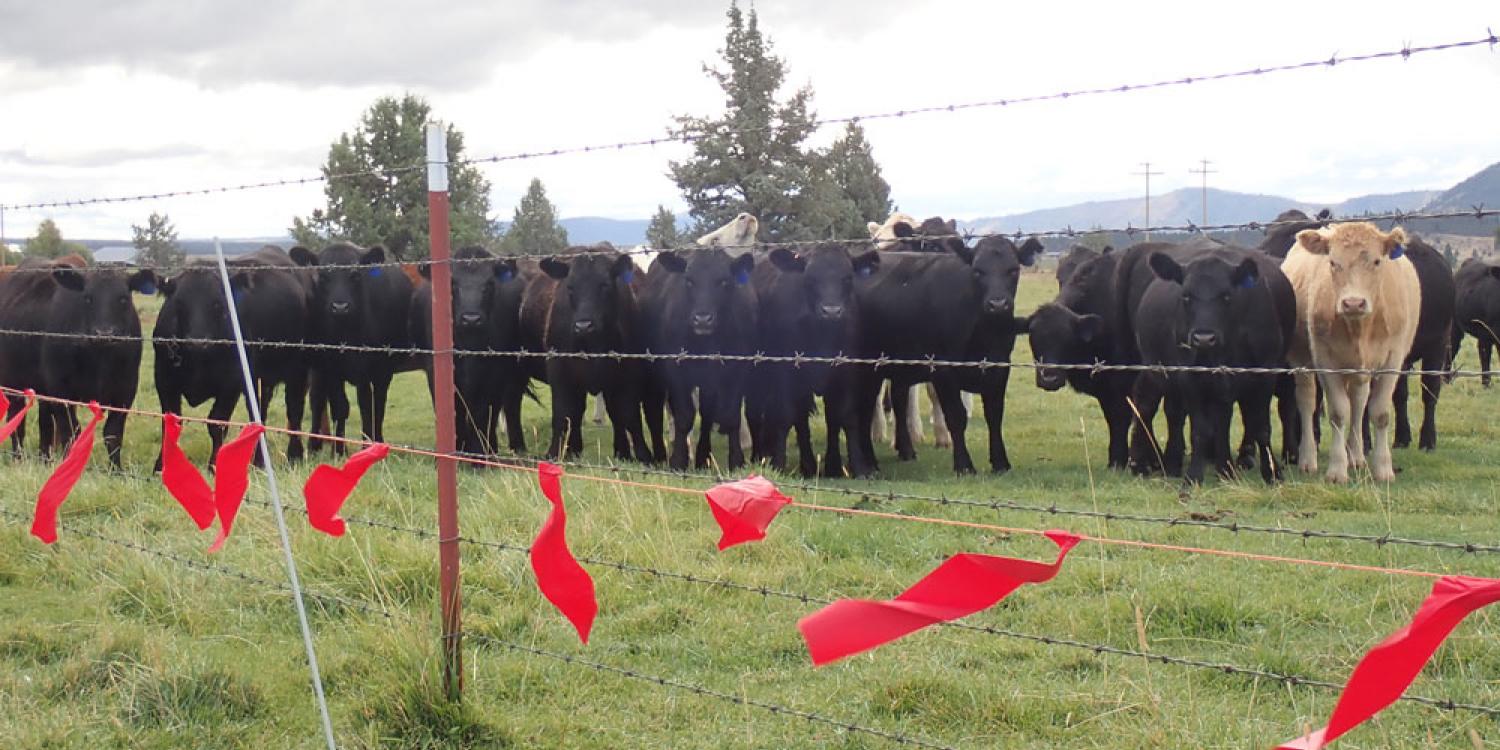
Wolves pose a threat to livestock in the Pacific Northwest through depredation, and some studies have shown that their presence causes stress in cattle that leads to decreased reproductive rates and weight gain.
Under the Oregon Wolf Plan, in all phases of wolf management non-lethal deterrent measures to prevent wolf-livestock conflict remain the first choice of Oregon wildlife managers. These non-lethal preventative measures are required in all phases of wolf management before the Oregon department of Fish and Wildlife will consider lethal control of wolves due to chronic livestock depredation. There are, however, nonlethal options available. Ranchers are looking for reliable information on how they can prevent conflicts with wolves while staying within the confines of the law.
Ian McGregor, Oregon State University Extension Service livestock and irrigation specialist at the Klamath Basin Research and Extension Center, organized seminars in 2018 and 2019 on wolf-livestock conflict. The 2018 seminar, which drew 44 livestock managers, focused on the number of wolves and their location, identifying wolf attacks and nonlethal strategies for discouraging conflicts with wolves. In 2019, 12 livestock managers listened to a Montana rancher who has successfully created an environment where livestock and wolves can share the same space, speak about her success with nonlethal strategies.
Progressive Cattle published an article by McGregor on research-based information on the effectiveness of some of the most popular non-lethal strategies. The seminars and magazine article have resulted in changing the attitudes among ranchers toward wolves. McGregor noted that ranchers, in general, are beginning to understand the law and that intolerant attitudes toward wolves won’t help. Some have adopted strategies for keeping wolves away like human presence, changing calving season and night penning.
Extension’s efforts have allowed members and organizations from the cattle industry to work with other organizations they traditionally avoided. Defenders of Wildlife has been invited to the seminars and there has been discussion with them about potential projects to further help with creating a landscape where livestock and wolves can co-exist.